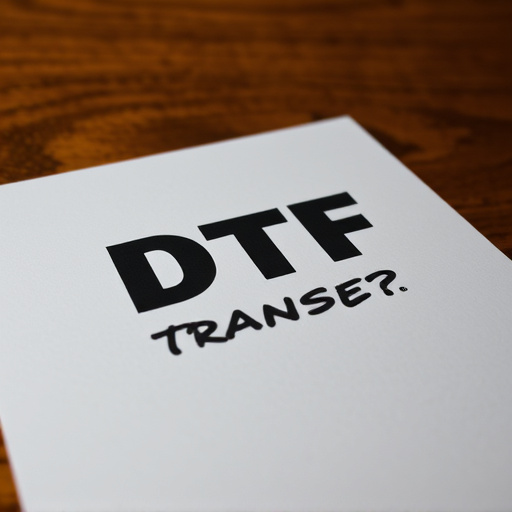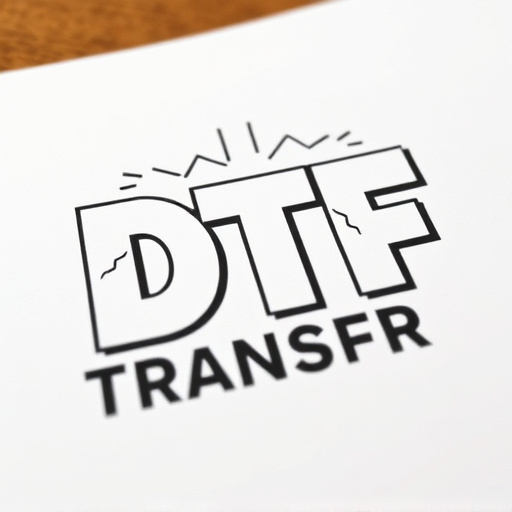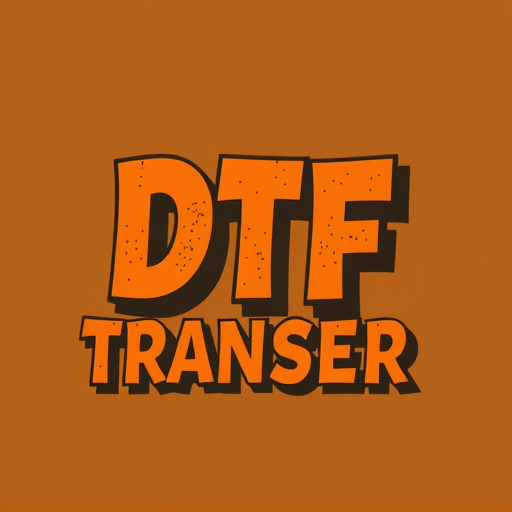Direct-to-film (DTF) transfers revolutionize cotton fabric printing by offering precise, durable, and vibrant prints with minimal setup time. Ideal for small-batch production, custom clothing, and promotional merchandise, DTF technology uses specialized equipment and inks to create unique personalized designs catering to modern market demands. Choosing the right DTF printing system with advanced inkjet tech and versatility ensures high-quality results. Proper fabric preparation and post-processing techniques are crucial for optimal DTF transfer adhesion and durability. DTF transfers' versatility allows diverse industries, from fashion to events, to showcase intricate designs directly on cotton fabric, enhancing visual appeal and brand identity.
Direct-to-film (DTF) transfers have emerged as a game-changer for printing on cotton fabric, offering vibrant, durable results. This article delves into the world of DTF technology, exploring its advantages and applications in enhancing textile design. From understanding the core concept to choosing the right equipment and optimizing pre-treatment processes, we provide a comprehensive guide. Discover how successful case studies have revolutionized DTF printing, making it a go-to method for creating stunning, long-lasting cotton fabric designs.
- Understanding Direct-to-Film (DTF) Transfers: A Basic Overview
- The Advantages of DTF for Cotton Fabric Application
- Choosing the Right DTF Printing Technology and Equipment
- Pre-Treatment and Preparation of Cotton Fabric for Optimal DTF Prints
- Post-Processing and Curing Techniques for Enhanced DTF Transfer Quality
- Applications and Case Studies: Successful DTF Transfers in Action
Understanding Direct-to-Film (DTF) Transfers: A Basic Overview
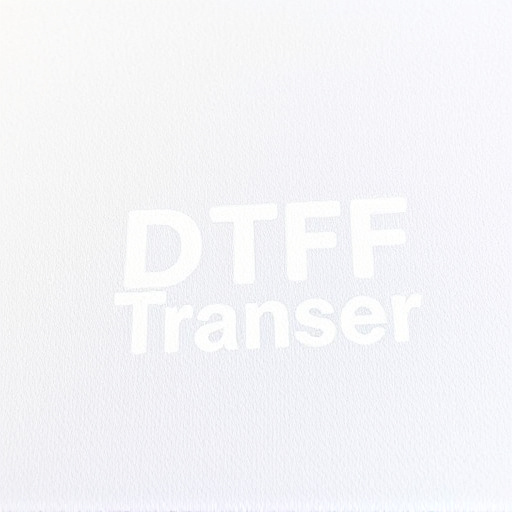
Direct-to-film (DTF) transfers are a cutting-edge printing method designed for application directly onto cotton fabrics, offering an efficient and versatile solution for various textile needs. This innovative process eliminates traditional intermediate steps, allowing for precise and durable prints on demand. DTF involves transferring ink from a film or sheet directly onto the fabric’s surface, creating vibrant and long-lasting DTF prints.
The DTF transfer technology has gained popularity for its ability to produce high-quality graphics on cotton with minimal setup time. It is particularly useful for small-batch production, custom clothing, and promotional merchandise. By utilizing specialized equipment and inks, DTF printing enables businesses and designers to offer unique, personalized DTF prints that meet the diverse demands of the modern market.
The Advantages of DTF for Cotton Fabric Application

Direct-to-film (DTF) transfers offer numerous benefits for printing on cotton fabric, making it a preferred method among designers and manufacturers alike. One of the key advantages is its efficiency; DTF printing directly onto film allows for precise, high-resolution prints, eliminating the need for intermediate steps often required in traditional printing methods. This streamlines production, saving time and resources.
Additionally, DTF transfers provide exceptional durability and color vibrancy. The direct application to fabric ensures that inks adhere strongly, creating long-lasting, vibrant DTF prints. Cotton’s natural properties, combined with DTF’s precision, result in a soft, comfortable fabric with rich colors that remain consistent even after multiple washes, ensuring the design’s longevity.
Choosing the Right DTF Printing Technology and Equipment
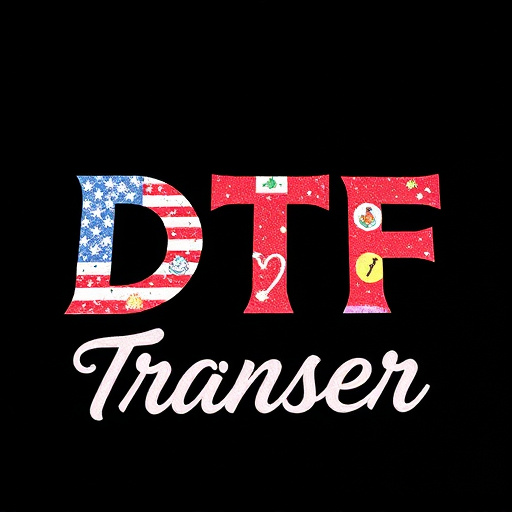
When considering direct-to-film (DTF) transfers for cotton fabric application, selecting the appropriate technology and equipment is paramount. The right DTF printing system should offer high resolution and exceptional color accuracy to ensure vibrant and detailed prints on the fabric. Look for machines with advanced inkjet technology that can handle a variety of ink types, enabling the creation of long-lasting, fast-drying, and water-resistant DTF transfers.
Additionally, the versatility of the equipment is crucial. Ideal DTF printers should be able to accommodate different fabric types and sizes, allowing for efficient production of custom designs. Advanced features like automated feeding systems, multi-color printing capabilities, and precision registration ensure consistent quality across every print, making it suitable for both small-batch and large-scale DTF prints.
Pre-Treatment and Preparation of Cotton Fabric for Optimal DTF Prints
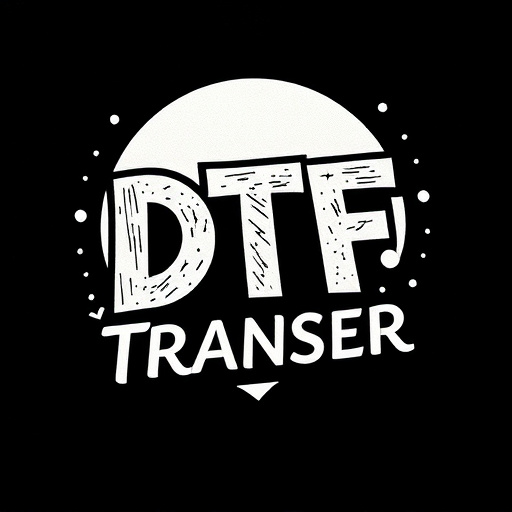
Before applying direct-to-film (DTF) transfers to cotton fabric, proper preparation is key to achieving optimal results. The first step involves cleaning and conditioning the fabric to ensure it’s free from any contaminants or residues. This process includes washing with mild detergent to remove impurities and subsequently drying thoroughly to establish a clean surface for printing.
Additionally, pre-treating the cotton fabric can enhance its absorbency and overall print quality. Techniques such as calandering—a process of passing the fabric between heated rollers—can smooth the fabric fibers, making them more receptive to the DTF inks. This step ensures that the prints adhere permanently and resist fading or smudging.
Post-Processing and Curing Techniques for Enhanced DTF Transfer Quality

After the initial printing process, post-processing and curing techniques play a pivotal role in enhancing the quality of DTF transfers intended for cotton fabric application. This step is crucial as it ensures the inks fuse seamlessly with the fabric fibres, resulting in vibrant and durable DTF prints. Techniques such as heat pressing at specific temperatures and durations can significantly improve adhesion, preventing ink bleeding or smudging. Additionally, using appropriate curing pressures and allowing sufficient drying time helps to set the inks, making them resistant to fading or cracking over time.
Proper post-processing also involves careful consideration of fabric pre-treatment. Pre-treating cotton fabrics with suitable surfactants or primers can improve ink absorption, leading to more consistent and high-quality DTF transfers. These methods create a smoother surface, allowing for better ink transfer during the printing process and ultimately producing richer, more precise DTF prints.
Applications and Case Studies: Successful DTF Transfers in Action
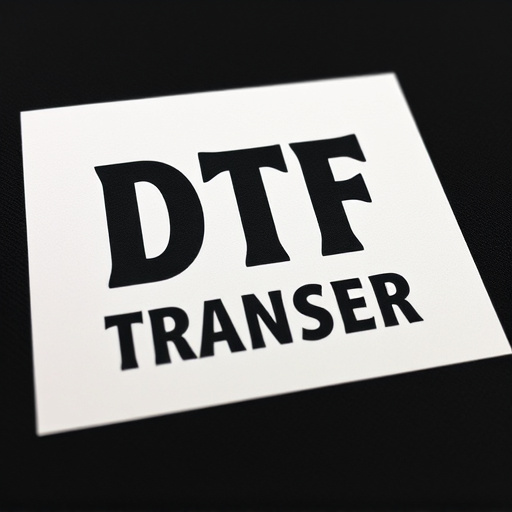
Direct-to-film (DTF) transfers have found their niche in various applications, revolutionizing the way we produce custom textiles and apparel. One of the most prominent use cases is in the creation of unique, high-quality T-shirts and promotional items. Imagine a small business that specializes in sustainable fashion; they can leverage DTF Printing to offer customers personalized designs featuring intricate details and vibrant colors directly on cotton fabric. This method allows for a seamless blend of artistic expression and mass production, catering to individual preferences without compromising quality.
Case studies across different industries highlight the versatility of DTF Transfers. For instance, a sports team might order custom jersey prints with player names and numbers, showcasing their brand identity on the field. Similarly, event organizers can use DTF Printing for creating memorable merchandise, such as branded tote bags or event-specific T-shirts, adding a layer of visual appeal and engagement to their promotions. These real-world applications underscore the efficiency and effectiveness of DTF Technology in transforming cotton fabric into canvases for expressive designs.










